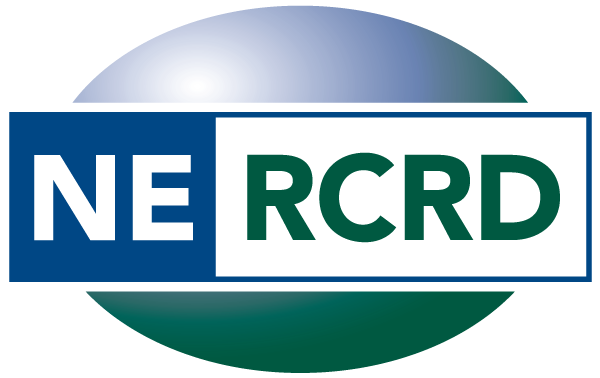Insights and oversights: Behind the data on agritourism and direct sales in the United States
Abstract: Agritourism is growing worldwide as farmers and ranchers seek alternative sources of revenue, and consumer demand for agricultural experiences is on the rise. Understanding this sector is important for policymakers, researchers, agricultural service providers, and others seeking to support farm viability and rural entrepreneurship. However, in the U.S., this support is hampered by the lack of a clear definition and consistent, comprehensive means for measuring the agritourism sector. The best available data for the U.S. are from the quinquennial U.S. Department of Agriculture National Agricultural Statistics Service (USDA NASS)’s Census of Agriculture. However, the two questions used by the Census of Agriculture that relate to agritourism are worded in ways that limit a comprehensive understanding of the size and scope of the sector. To illustrate the limitations, we highlight cases from two U.S. states (Texas and Vermont), where different forms of agritourism are present. One such form, hunting, is included in the USDA’s economic assessments of agritourism; another, pick-your-own berries, is not. Along with tastings and purchases of locally grown products, this falls in the category of direct sales. The discrepancy can result in misrepresentation and misinterpretation of the data in analyses and subsequent publications with distorted policy recommendations related to agritourism. We discuss these cases alongside recommendations on how to more accurately measure, and support, agritourism development in the U.S.
Authors: Chadley R. Hollas, Claudia Schmidt, Zheng Tian, Stephan J. Goetz, and Lisa Chase
Publication: Journal of Agriculture, Food Systems, and Community Development Date Published: August 26, 2024
